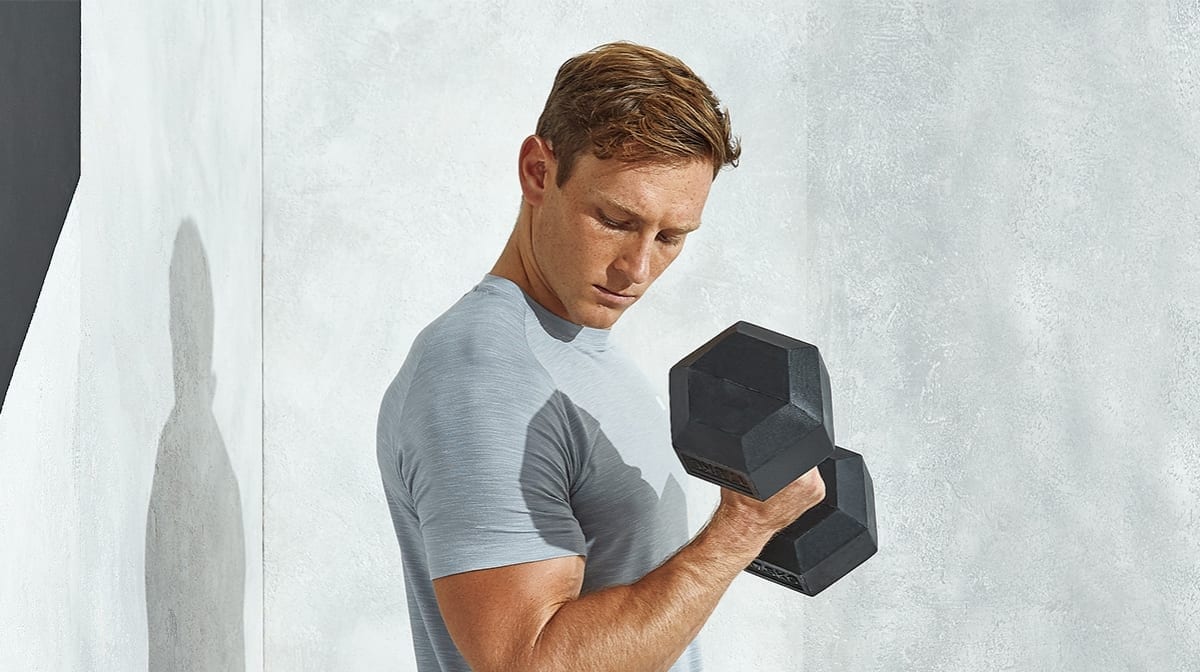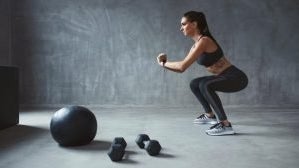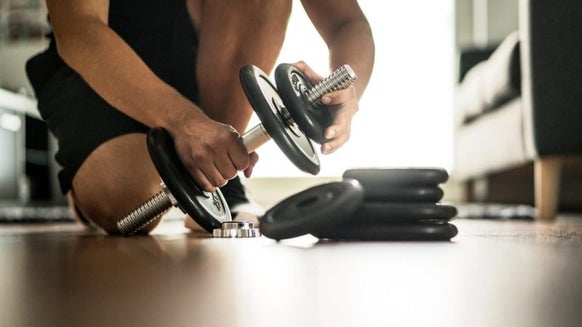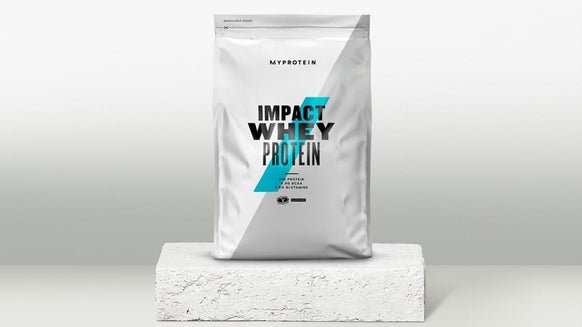
For anyone, a new exercise regimen that works all muscle groups in one session has many advantages. We explore whether you actually need to do full body workouts to get bigger muscles, or if it's simply just more practical in terms of time.
The Benefits Of Full-Body Workouts
Making your time in the gym as efficient as possible is just one of the advantages of performing full-body workouts. And, for weightlifters and anyone looking to perform general resistance training, strength training, toning or muscle-building workouts, you can effectively reach your goals with a minimum of three full-body workouts every week. In these sessions, you'd typically work all muscle groups in one session, as opposed to isolating muscle groups, as professional bodybuilders often do.
One pitfall of doing workouts where you isolate one muscle group in each session is that if you should miss one session, your plan might backfire as you're missing out on sessions. A full-body workout session gives you the peace of mind that you have strengthened all muscles in one go, leaving no stone unturned.
Burn Calories
Performing full-body workouts could mean that you burn more calories. This is because you can hit more muscle fibres, which will require more energy and use up more of the calories you have consumed.
Working out your whole body also means that you're likely to strengthen more of the smaller, stabilising muscles that are used when balancing. Isolating muscles, especially via seated exercises may neglect these auxiliary muscles.
Dumbbell Versatility
One of the many virtues of dumbbells in comparison to barbells and gym machines is how versatile they are.
Dumbbells allow a broad range of movement, which can be particularly useful in ensuring you achieve an even development. With the restrictive range of movement offered by gym machinery, you may not distribute the resistance between both arms/pecs/deltoids, depending on the exercise, especially if you have one stronger arm. This is more common than you might think. The same could be said for barbells. Though they allow a more free range of movement, you're still restricted in comparison to dumbbells.
The Workout
We’ve highlighted some exercises, working from shoulders down to your toes that will ensure you work all muscle groups during one session.
Pick one or two from each area, but a minimum of one from each. Our recommendation for sets and repetitions is to perform drop-sets to make the most of both repetitions and weight and also achieve muscle failure for better results.
Here's how drop sets work: select a heavier weight that's close to the maximum you’re able to lift. Go for 5 reps and quickly switch to a lighter weight that you're able to perform 15 reps of. Repeat this cycle 3-5 times for each exercise.
- Standing shoulder press
- Seated shoulder press
- Lateral raise
- Front raise
- Dumbbell bench press
- Incline or declining dumbbell bench press
- Bench fly
- Overhead extension
- Close grip press
- Bicep curl
- Palm down curl
- Seated twist, holding dumbbell in both hands
- Weighted crunch; straight arm and leg raise while holding dumbbell
- Deadlift
- Squat
- Weighted lunges

Alice Pearson is a UKVRN Registered Associate Nutritionist and UK Anti‐Doping accredited advisor, having obtained a Bachelor’s of Science in Nutrition and a Master’s of Science in Sport Nutrition. She has a specialist interest in the use of sports supplements for improving health, fitness, and sport performance.
Alice has experience working with both amateur and elite athletes, including providing nutritional support to Tranmere Rovers FC and Newcastle Falcons Rugby Club. Her nutritional guidance is always supported by evidence‐based research, which she keeps up to date through continuing professional development and independent learning.
In her spare time, Alice loves travelling, hitting the gym, and getting stuck into a good book. Find out more about Alice's story here.







